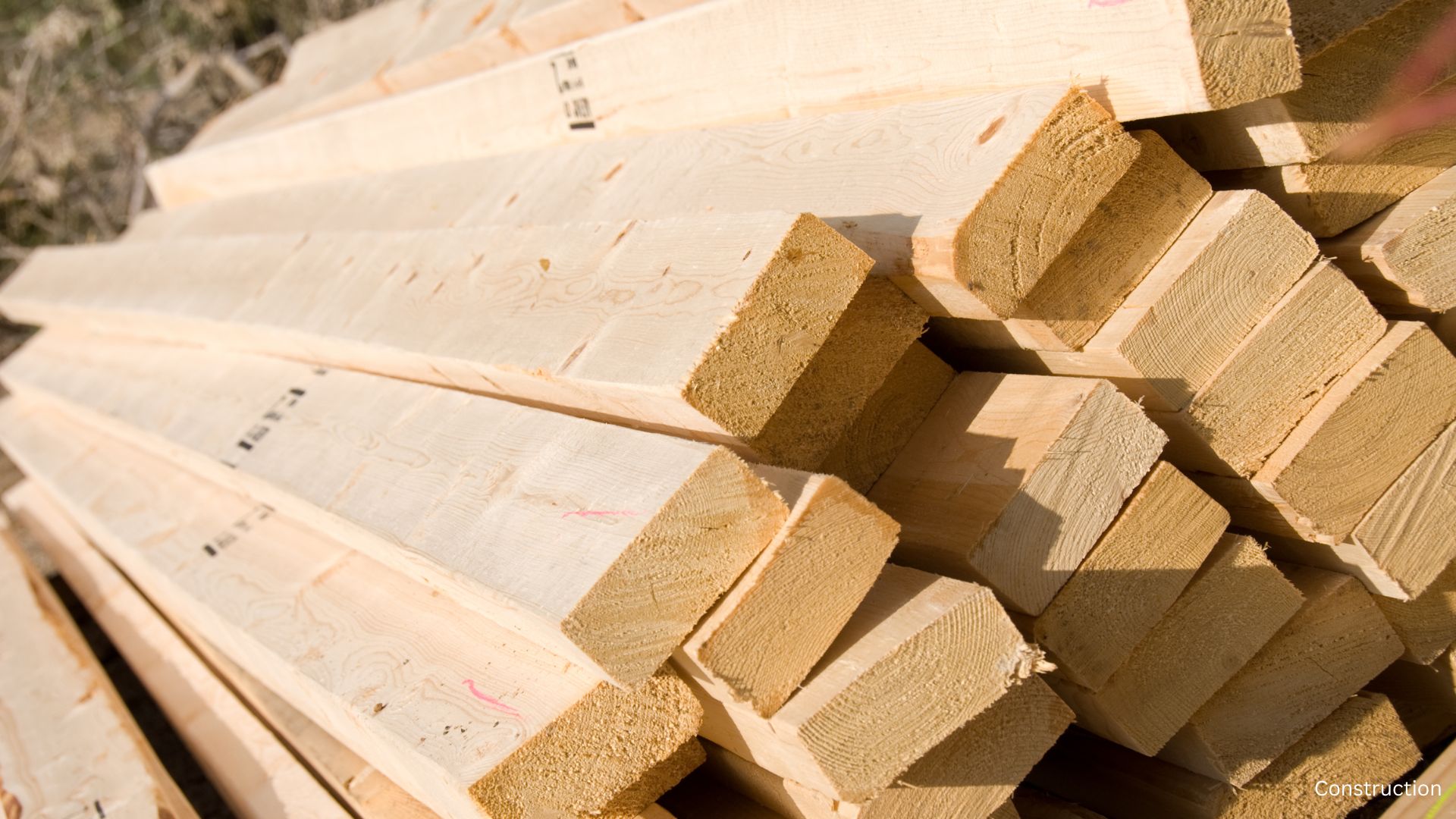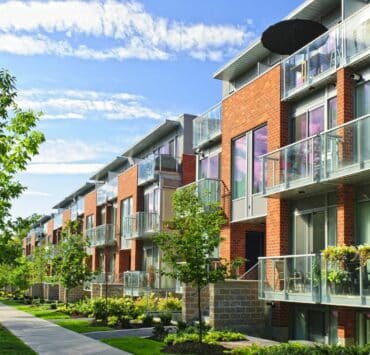The lumber prices spike has become a significant concern for homebuilders and buyers alike, causing ripples throughout the housing market. As lumber prices continue to rise, the cost of constructing new homes is also increasing, directly impacting housing affordability and pricing.

Understanding the Spike in Lumber Prices
The recent lumber prices spike can be attributed to several factors, including increased demand, supply chain disruptions, and tariffs on Canadian lumber. According to the National Association of Home Builders (NAHB), the framing lumber composite price rose by 1.5% during the week ending August 23, 2024, marking the sixth consecutive week of price increases. Although lumber prices are still 6.8% lower than they were a year ago, the recent upward trend is a cause for concern, especially given the volatility in softwood lumber prices.
The Direct Impact on Home Construction Costs
When lumber prices rise, the cost of constructing a home naturally follows. The average new single-family home uses approximately 15,000 board feet of framing lumber, along with thousands of square feet of plywood and OSB (Oriented Strand Board). As these materials become more expensive, builders are forced to pass the increased costs onto homebuyers. This has led to a significant rise in the final price of new homes, with the NAHB noting that a 15% markup is typically added to the builder’s cost to account for additional factors such as interest on construction loans and broker fees.
How the Lumber Prices Spike Affects Housing Prices
The lumber prices spike not only increases the cost of new construction but also affects the broader housing market. As the price of new homes rises, the demand for existing homes may increase, driving up their prices as well. In areas where new construction is a significant portion of the housing market, this can lead to an overall increase in housing prices, making homeownership less affordable for many.
Moreover, rising lumber costs can slow down the pace of new home construction, leading to a reduced supply of homes on the market. This decreased supply, coupled with steady or increasing demand, can create a seller’s market where prices are driven up further. For potential homebuyers, this means fewer options and higher prices, compounding the challenges of entering the housing market.
Long-Term Implications for the Housing Market
The long-term implications of the lumber prices spike could be far-reaching. If prices continue to rise or remain high, the affordability crisis in the housing market could worsen, particularly for first-time homebuyers and those with moderate incomes. Additionally, the ongoing supply chain issues and tariffs could prolong the period of high prices, making it difficult for builders to predict costs and plan projects effectively.
In response to these challenges, the NAHB has advocated for measures such as negotiating long-term trade deals with Canada to reduce tariffs, increasing domestic production, and seeking new markets to reduce reliance on Canadian lumber imports. These efforts aim to stabilize lumber prices and, by extension, the cost of home construction.
Lumber Prices Spike
The current lumber prices spike is more than just a temporary fluctuation; it has significant implications for home construction costs and housing prices. As builders and buyers navigate this challenging landscape, the ripple effects on the broader housing market are likely to be felt for some time. Understanding these dynamics is crucial for anyone involved in the real estate or construction industries, as well as for prospective homeowners looking to make informed decisions in a volatile market.











